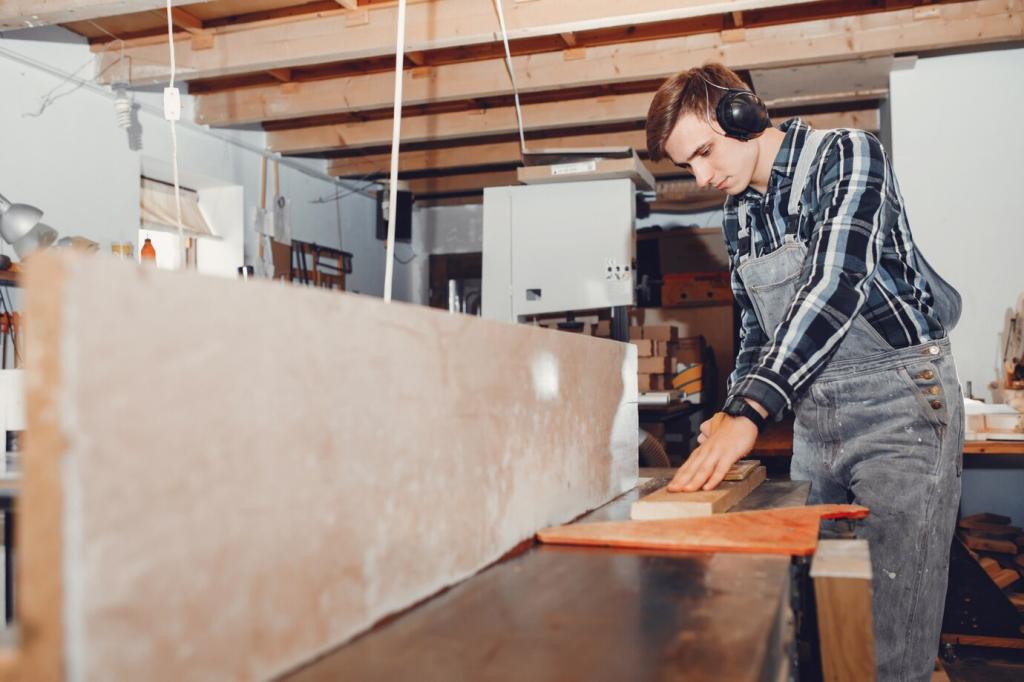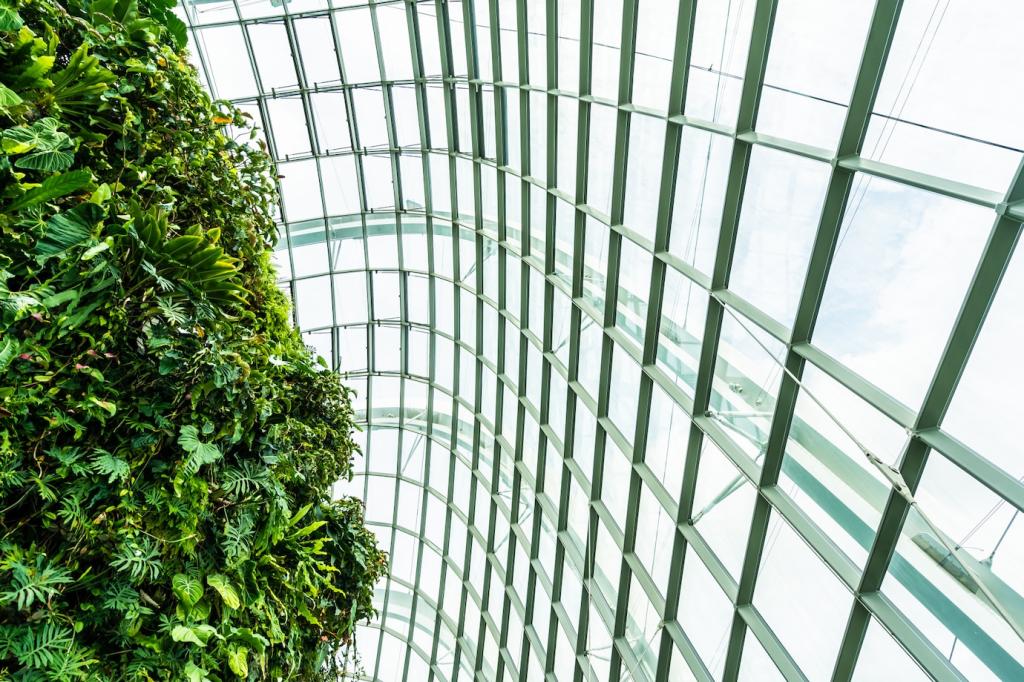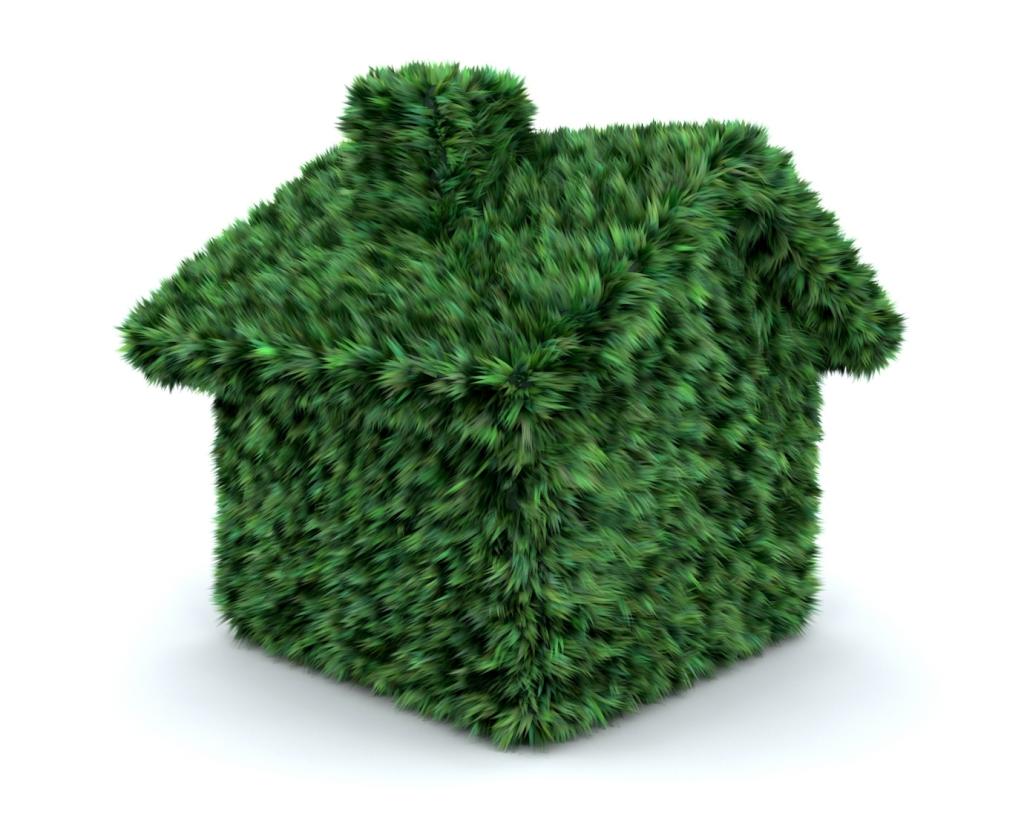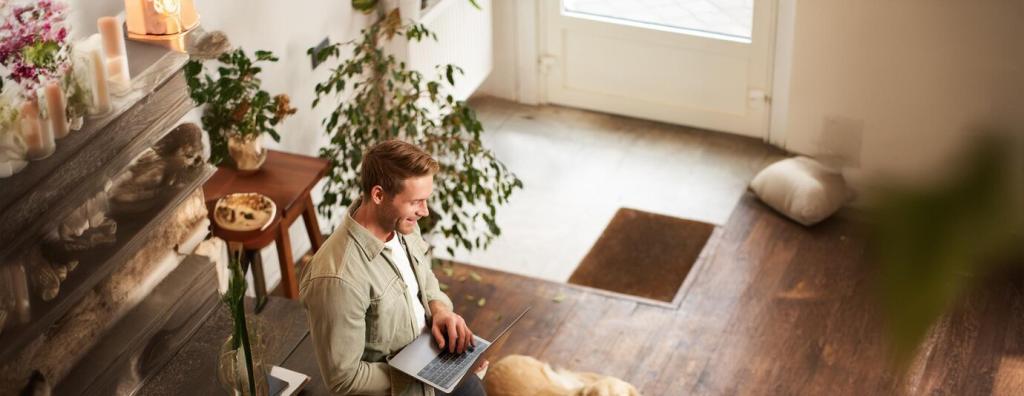
Eco-Friendly Materials for Apartment Renovation
Transforming your apartment with eco-friendly materials is an excellent way to reduce your environmental footprint while creating a healthier living space. Green renovations can elevate the comfort, durability, and appeal of your home by choosing products that are safer for you and the planet. This guide explores sustainable choices across key renovation areas, highlighting their benefits and helping you make informed decisions for your next project.
Bamboo Flooring
Bamboo flooring stands as a popular eco-conscious choice thanks to its rapid renewal rate. Unlike hardwoods that take decades to mature, bamboo grass regenerates quickly and can be harvested without killing the plant. This attribute makes it a sustainable alternative that doesn’t contribute to deforestation. Bamboo floors are not only durable and attractive but also versatile enough to match a wide range of interior aesthetics. Additionally, bamboo’s resilient structure resists moisture and wear, making it ideal for high-traffic areas. To maximize environmental benefits, it’s important to select bamboo products finished with low-VOC adhesives and coatings.
Cork Tiles
Cork is harvested from the bark of the cork oak tree without harming the tree itself, allowing it to regenerate over time. This unique process makes cork a renewable and eco-responsible material for apartment flooring. Beyond its sustainability, cork provides excellent insulation against sound and temperature, lending comfort and energy efficiency to living spaces. Its natural resilience means it can withstand foot traffic while offering a soft, anti-microbial surface underfoot. Cork is also hypoallergenic and can improve indoor air quality, making it particularly suitable for allergy-sensitive households seeking greener renovation options.
Reclaimed Wood Flooring
Reclaimed wood breathes new life into lumber salvaged from old buildings, barns, or industrial sites. Instead of harvesting fresh timber, using reclaimed wood preserves forests and reduces landfill waste. Each plank offers unique character, adding a sense of history and individuality to your apartment. In addition to its compelling aesthetic, reclaimed wood is often more stable than new timber, having been aged over time. Look for materials that have been treated with natural finishes to maintain indoor air quality and maximize the eco-friendly benefits of your new floors.
Energy-Efficient Windows and Glazing
Double- and Triple-Glazed Glass
Double- or triple-glazed windows feature two or three panes of glass separated by insulating gas, which significantly limits heat transfer. These advanced glazing systems curtail energy loss during winter and minimize overheating in summer, reducing reliance on HVAC systems. Not only does this lower your carbon footprint, but it also shrinks utility bills, making it an environmentally and economically smart renovation. Look for models made with recycled glass or with eco-friendly manufacturing certifications for added sustainability.
Recycled Aluminum Frames
Aluminum window frames are prized for their durability, strength, and low maintenance needs. By opting for recycled aluminum, you further decrease the environmental impact, as producing recycled aluminum consumes only a fraction of the energy required for new metal. These frames also resist corrosion and can be easily reprocessed at the end of their lifespan, supporting a closed-loop recycling system. When paired with thermally broken designs, recycled aluminum frames offer superior energy retention and weather protection for apartments.
Low-Emissivity Coatings
Low-emissivity, or low-E, coatings are microscopically thin layers applied to window glass that reflect infrared energy, maintaining comfortable indoor temperatures throughout the year. By managing solar gain, these coatings help regulate natural light and warmth without the need for excessive heating or cooling. Modern low-E windows are designed to block harmful UV rays, protecting your interiors and improving overall sustainability. This solution not only increases efficiency but also contributes to a more pleasant, eco-friendly apartment environment.
Volatile organic compounds, or VOCs, are chemicals released from traditional paints that contribute to air pollution and respiratory problems. Zero-VOC paints eliminate these emissions, ensuring cleaner indoor air and reducing your environmental footprint. These paints are now available in a wide variety of colors and finishes, providing both aesthetic flexibility and peace of mind. By prioritizing zero-VOC products, you create a safer space for children, pets, and anyone sensitive to airborne irritants while supporting sustainability in your renovation.

Recycled Glass Countertops
Recycled glass countertops are crafted from shards of post-consumer or post-industrial glass set within a resin or cement base. This process rediverts waste from landfills and creates surfaces that are durable, easy to clean, and available in a spectrum of vibrant colors and patterns. In addition to their impressive sustainability credentials, recycled glass counters stand up well to daily use and add a modern, artistic flair to kitchens and bathrooms. Selecting countertops with low-emission binders further boosts their eco-friendly appeal within your renovation.
Salvaged Architectural Elements
Utilizing salvaged architectural parts—such as vintage doors, hardware, lighting, and trim—introduces character and reduces the demand for new manufacturing. Sourcing and repurposing these elements can yield one-of-a-kind focal points, while their reuse lessens waste and energy consumption associated with producing new fixtures. Salvaged materials tell a story while offering an approachable way to incorporate sustainability into your renovation. To maximize benefits, seek out materials from local reclamation centers or historical buildings being decommissioned.
Recycled Metal Features
Features made from recycled metals like steel, copper, or aluminum offer outstanding durability and can be fashioned into chic fixtures, backsplashes, or decorative accents. The recycling process for metals is highly efficient, using far less energy than mining and processing new metal ore. These materials can often be recycled again at the end of their use. Incorporating recycled metal elements not only reduces resource extraction but also brings a touch of industrial charm, blending environmental responsibility with cutting-edge design in your renovated apartment.
Water-Saving Fixtures and Fittings
Low-Flow Toilets
Modern low-flow toilets use advanced flushing mechanisms to minimize water use without sacrificing performance. They can reduce toilet water consumption by over half compared to older models, offering substantial savings over time. Many designs use dual-flush options that allow for further customization and control. By choosing a low-flow toilet, you’re making a daily positive impact on water conservation while modernizing your bathroom in a sustainable way.
Aerated Faucets and Showerheads
Installing aerated faucets and showerheads can cut water usage significantly by mixing air into the water stream, maintaining pressure while using less water. This technology ensures a satisfying shower or handwashing experience that feels just as effective as standard fixtures. Aerators are available for both bathrooms and kitchens, making them an accessible upgrade in any apartment renovation project. They also help reduce energy use by lessening the amount of hot water needed daily.
Greywater Systems for Apartments
Greywater systems capture and filter sink, shower, or washing machine water for non-potable functions like flushing toilets or watering plants. These systems are increasingly adaptable for apartment settings and can be integrated with minimal major infrastructure changes. Implementing greywater reuse lessens the demand on fresh water supplies and supports a closed-loop approach to household water management, significantly enhancing the sustainability of your apartment renovation.

Cabinetry made with Forest Stewardship Council (FSC) certified wood guarantees that the lumber originates from responsibly managed forests. This certification ensures that wood resources are harvested sustainably, protecting ecosystems, wildlife, and local communities. FSC-certified cabinets are available in a variety of styles and finishes to match any apartment aesthetic, combining beauty, durability, and peace of mind. Investing in such cabinetry signals a commitment to both quality and sustainability throughout your renovation.

Traditional plywood often contains adhesives with added formaldehyde, a volatile compound that can affect indoor air quality. Choosing formaldehyde-free plywood avoids this risk, creating a healthier environment, especially in apartments where ventilation may be limited. These plywoods use alternative binders like soy-based adhesives, ensuring structural strength without harmful emissions. Utilizing formaldehyde-free options for new cabinetry, shelving, or built-ins adds to the long-term wellness and eco-friendliness of your living space.

Incorporating reclaimed wood, recycled metal, or upcycled furniture for storage solutions brings character and sustainability together. These materials make use of resources that would otherwise be discarded and prevent the need for new production. Each piece carries a unique history and aesthetic, enhancing the individuality of your apartment while keeping renovation waste to a minimum. Upcycled storage can be both a conversation piece and a testament to your commitment to eco-friendly living.
Smart and Eco-Conscious Lighting
LED lights are the cornerstone of efficient apartment lighting, using up to 80% less energy than incandescent bulbs while providing excellent brightness and longevity. LEDs produce minimal heat, reducing cooling needs during warmer months. With advancements in color temperature and dimming, they offer maximum design flexibility. LEDs are now widely available for all fixtures, including under-cabinet, recessed, and decorative lighting, making the switch both practical and accessible for any renovation.
Maximizing the use of natural light reduces the need for artificial lighting during daytime hours. Techniques such as enlarging windows, choosing light-reflective finishes, or removing unnecessary partitions can dramatically brighten your apartment. Thoughtful design that leverages daylight not only saves energy but also enhances well-being, as natural light is associated with higher productivity and improved mood. Harnessing sunlight is a passive and sustainable strategy that begins with initial renovation planning.
Opting for fixtures made from eco-friendly or recycled materials, such as bamboo, recycled glass, or responsibly sourced metals, supports a holistic sustainable design. These fixtures can serve as focal points, blending artistic craftsmanship with environmental responsibility. Choosing quality over quantity ensures that your apartment benefits from beautiful, durable lighting with the smallest possible ecological impact. Whether you favor modern minimalism or vintage-inspired decor, there’s a sustainable fixture to suit every renovation style.
